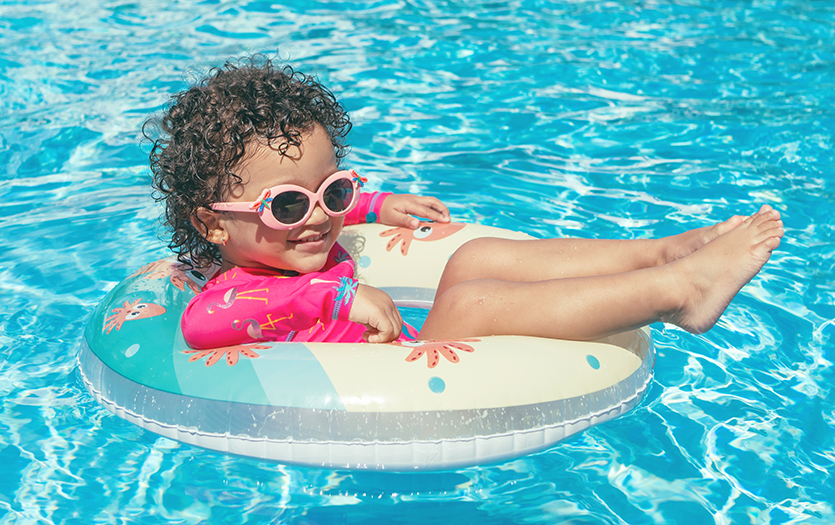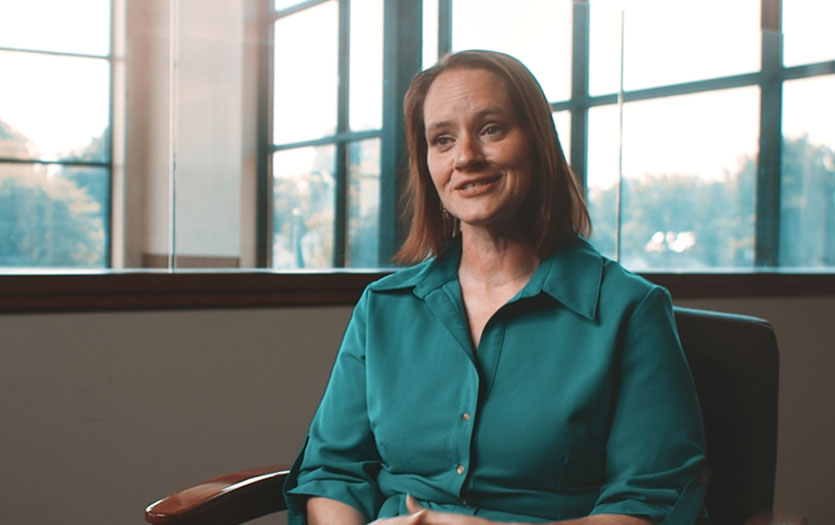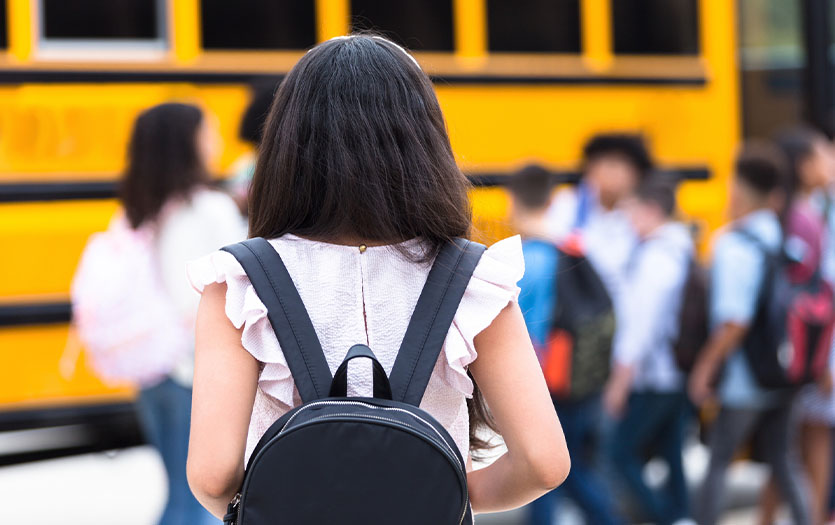
This post was written by James Ingram, MD, PPG - Family Medicine.
Once experts realized the 45,792 spectators at an international soccer match in Bergamo, Italy contributed to the massive outbreaks of COVID-19 in Europe, societies were shut down, including organized professional and amateur sports. It wasn’t until the NBA canceled their season that most Americans realized the scope and severity of the situation.
I know that, personally, the large-scale shutdown derailed my Ironman 70.3 training plan and required athletes of all levels to generate new home-based workouts. But now, with Governor Holcomb’s move to Stage 3 of the “Back on Track” plan, Hoosiers are ready to return to the gyms and pools they left weeks ago. New permissions bring up new questions and have many wondering just how safe these spaces are.
What we know
Although much remains unknown about the virus, we understand it is transmitted by respiratory droplets released by coughing, sneezing, breathing and direct contact with membranes of the eyes and mouth. Droplets are thought to travel around 6 feet and people often are infectious up to four days before developing any sign or symptoms of illness. Those most at risk are people older than 65 with illnesses such as obesity, diabetes, high blood pressure and heart disease. Knowing these factors is helpful in deciding whether or not to resume gym or pool activities.
Gym safety
Area gyms are reducing risks by installing plexiglass barriers, requiring masks for athletes and staff, utilizing every other machine, implementing enhanced cleaning processes and prohibiting groups other than families in small spaces. Maximum lifting efforts requiring spotting are also prohibited and group classes are separating instructors and students by 6 feet. Gym-goers will also be asked to wipe off machines after use and be very careful not to touch their eyes or face with their hands. Bringing a small personal towel will allow you to safely wipe sweat without transferring the virus with your hands.
Pool preparedness
Whether for training or pleasure, the use of pools is extremely popular this time of year. Of course, safety is a top concern. If you and your family are looking to cool off, remember that pool safety can be achieved by practicing the following:
- Proper sanitation
- Swimmers should shower before entering the pool
- Wear a mask when outside of the pool
- Practice social distancing by staying at least 6 feet apart while swimming or out of the pool
Final thoughts
Although risks are increased with age and chronic illness, people of all ages and fitness levels have had serious problems with the virus. While it’s known that regular exercise and fitness aids in the resistance to infection, it’s important to remember that over-exercising and intense training to the point of exhaustion can lead to increased risks of more severe illnesses.
Maintaining physical fitness is imperative, but it must be done with your interests, risk tolerance, personal safety and goals in mind. While everyone faces the risks of COVID-19, there are good strategies to encourage prevention. Even though my fitness goals and approach have been modified by coronavirus, I will follow the safety measures so that the gym and pool can remain a part of my fitness regimen. I encourage you to do the same.



